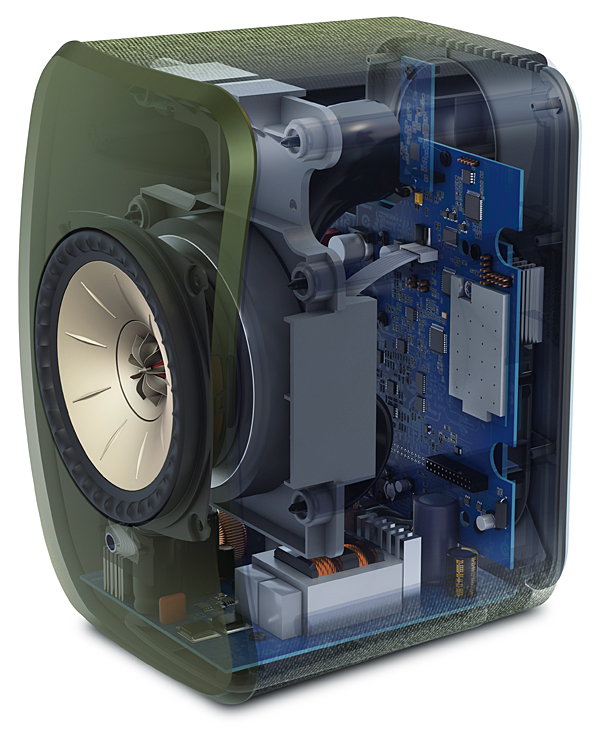Hi,
I am a software developer. I studied some audio in college physics classes. I have spent hours trying to pinpoint the effect you describe in my small bedroom.
I suspect pre-amp processing or your room might explain the re-digitizing effect, rather than the DACs. Could you describe your room in more detail?
- Have you tried moving your equipment to a different room?
- Have you tried adjusting the sound quality with the DSP equalizer frequency controls from the LSX app? These pre-amp functions are part of the LSX DSP processing. Look at the LSX block diagram for more detail.
View attachment 135332
I attribute the effect to my small bedroom (roughly 12'x12') being connected to two larger rooms through two doors that are 32" wide. Aligning any of my speakers, especially a decent soundbar, with the narrow door openings results in the best sound quality. The best results are achieved by placing the soundbar at the foot of my bed, so they align with the doorway.
- I generally play jazz or classical music at low volume. I occasionally listen to rock, like U2.
- I source from Tidal Masters using my MacBook Pro M1.
- I connect to the receiver via USB-C using a HDMI adapter to attach to the AV receiver.
I started with a high quality RME ADI-2 DAC. I got equivalent results from pre-amp output from a Yamaha AV receiver using "Straight", 2.1 channel output. I recall from memory that the DAC did not make the most significant difference.
I have AudioEngine A3 speakers connected to two REL subwoofers. I have also experimented with passive bookshelf speakers.
I found a big difference when first connecting the AV pre-amp output to a subwoofer RCA inputs, then to a soundbar using a RCA splitter to 3.5mm sound jack as input to the sound bar. The big difference came after adjusting the subwoofer crossover and the pre-amp bass and treble db.
Someone posted about clicking and popping sounds. I isolated the issue to an open Safari window on my MacPro M1.




